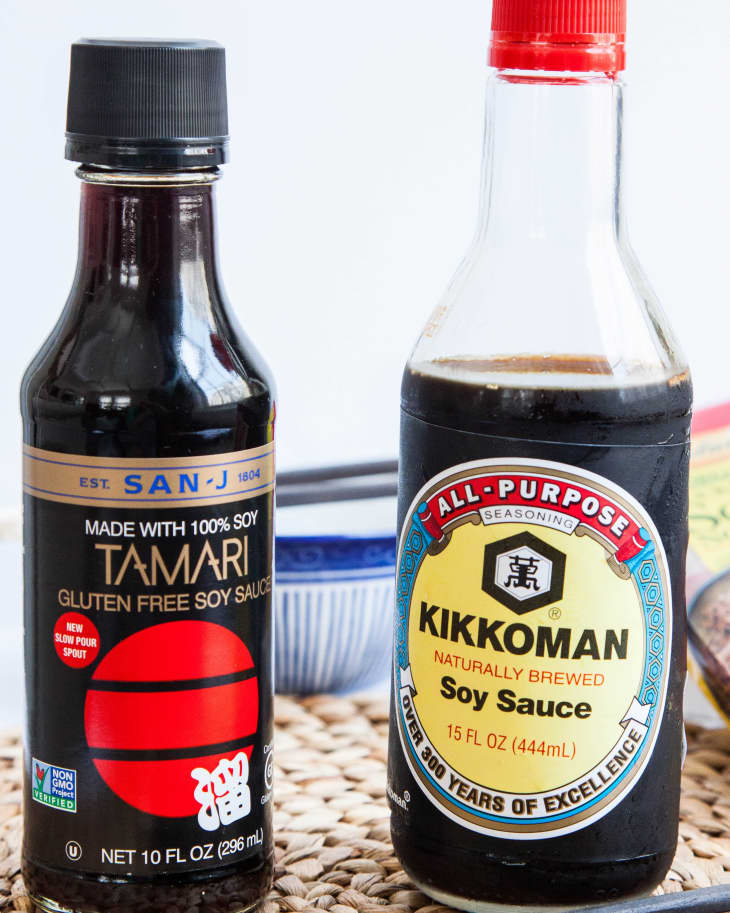What’s the Difference Between Tamari and Soy Sauce?
Tamari first popped onto my radar a handful of years ago. I noticed a lot of recipes that called for soy sauce often included a note with the option to substitute tamari to make the recipe gluten-free.
So, I was quick to assume that tamari was simply gluten-free soy sauce, with a more interesting name. Turns out there’s a bit more to it. Soy sauce and tamari are byproducts of fermented soybeans; the main difference between the two is the presence of wheat.
The Main Differences Between Tamari and Soy Sauce
Even though both sauces are similar in color and flavor, there’s actually a number of differences between the two.
- Unlike soy sauce, tamari is made with no (or very little) wheat.
- Tamari is a byproduct of miso paste.
- Tamari is darker in color.
- Tamari has a richer, less salty flavor.
Gluten and Tamari and Soy Sauce
While traditional soy sauce typically contains wheat, Tamari is a wider class of soy sauces, and is made with no (or very little) wheat. Therefore it can be gluten free, but don’t assume this. Always double check the label to verify that’s it’s truly gluten free.
Other Differences Between Soy Sauce and Tamari
Soy sauce and its many forms are found widely throughout Asia, but tamari is specifically a Japanese form of soy sauce, traditionally made as a byproduct of miso paste.
The differences in production give each sauce its own unique flavor. Tamari has a darker color and richer flavor than the common Chinese soy sauce you may be more familiar with. It also tastes more balanced and less salty than the sometimes harsh bite of soy sauce, which makes it great for dipping.
Instead of keeping one or the other in your cupboard, consider stocking up on both sauces and experimenting with them in dishes that call for soy.
